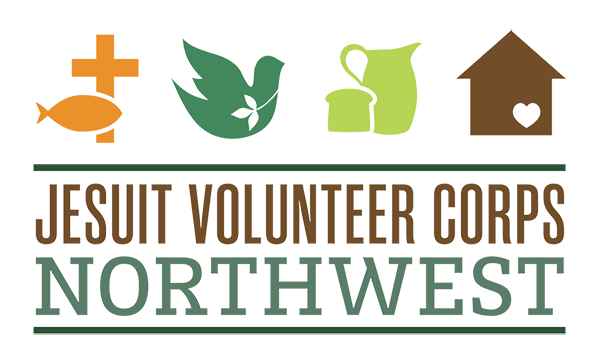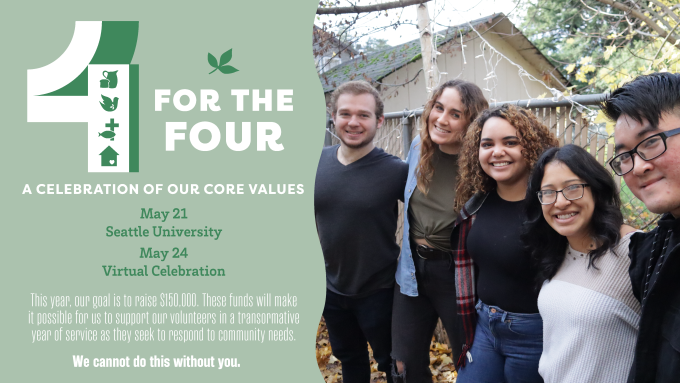Serving Children Experiencing Trauma
JV AmeriCorps member Cat Cassidy (Missoula, MT ’16-17) serves as the YWCA Children’s Empowerment and Violence Prevention Specialist with the YWCA in Missoula, Montana. In our latest blog, Cat describes the capacity building project she designed and implemented into her program in response to the needs of the children she advocates for as secondary survivors of abuse.

When I officially committed to a year of service with the YWCA of Missoula, I foresaw several opportunities serving as a Children’s Empowerment and Violence Prevention Specialist. The YWCA serves primary and secondary survivors of domestic violence. My role as a children’s advocate is to provide a safe environment for children to heal and develop through therapeutic play activities. Each day I volunteer with the YWCA’s domestic violence shelter, I experience the multifaceted ways in which trauma effects childhood development and behavior. Children within domestic violence circumstances experience a major transition leaving their homes and entering into a shelter. Their worlds are turned upside-down, and my desire is to help their transition go as smoothly as possible.
This year, I designed welcome packets for each child upon their arrival into our shelter. Throughout my experience at the YWCA, I have noticed that in domestic violence situations, the majority of the attention is placed solely on the primary survivors, commonly mothers, who have been the direct receiver of the abuse. Because of this, children as secondary survivors are often set to the side and not given the same attention and care. Witnessing this first-hand, my idea was to create a tangible item to be given to the children upon their arrival into shelter to show them they are thought of and cared for from the moment they arrive. Knowing that their needs vary between ages, I created three templates for three different age groups. Each packet contains an introduction to the children’s advocates at the shelter, guidelines to be followed during the child’s stay, feeling charts in which children can identify their emotions as well as be given tools of how to healthily express them, therapeutic coloring pages, and information about respect and healthy friendships/relationships. In addition to the welcome packet, each child also receives a blanket, a pillow, or a stuffed animal of their choosing to keep with them throughout their stay and take with them after they leave the shelter.
When I first began handing out the welcome packets, the word spread like wildfire. Once one child obtained a welcome packet, mothers began asking me about them even before I had a chance to meet their children. One young girl in the shelter expressed that she was very excited to receive her welcome packet, especially when paired with the little stuffed animal she picked out. Now, the young girl brings the stuffed animal almost everywhere with her. We often engage in therapeutic coloring activities together with the coloring pages in her packet. Also, we have had incredible success with the feeling chart, which allows the young girl to identify her emotions and allows me to better my advocacy when knowing how she is feeling or what she is thinking about during the time we spend together. The packets are a wonderful resource for getting to know the children I am serving better.

I believe these welcome packets have contributed a positive improvement for children entering into shelter. Not only do the packets affirm the children and their experience, they also provide materials for building the bridge of communication between the child and their parent as well as between the child and the children’s advocates. The welcome packets open up discussions about emotions and provide resources for navigating through complicated feelings. The packets will not be a success for every child who enters into shelter given the varying needs of each child. However, the welcome packets are a starting point, a step in the process of better advocating for and empowering children who have witnessed domestic violence.
The children I serve are the most resilient little souls I have ever encountered. I have learned from them, and I have grown from my experiences with them. They hold within them an abundance of hope, an overflowing river of love, and an ocean wide yearning for understanding and connection. These children desire to know that they are validated, that they are important, and that they are cared for. My hope for this project is that it will allow these children to feel valued as well as inspire other avenues of support for children experiencing trauma so that we can eventually break the cycle of abuse altogether.

